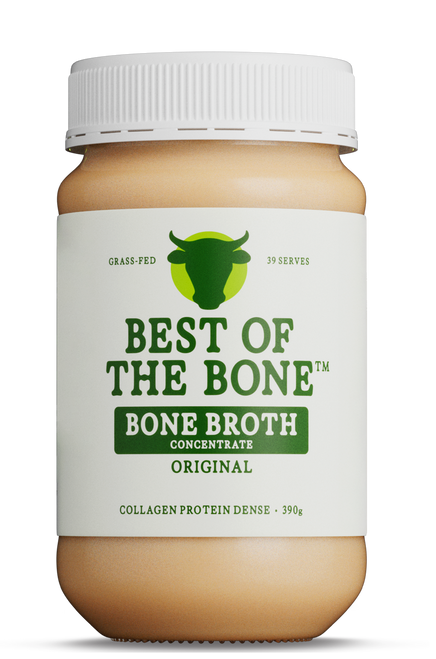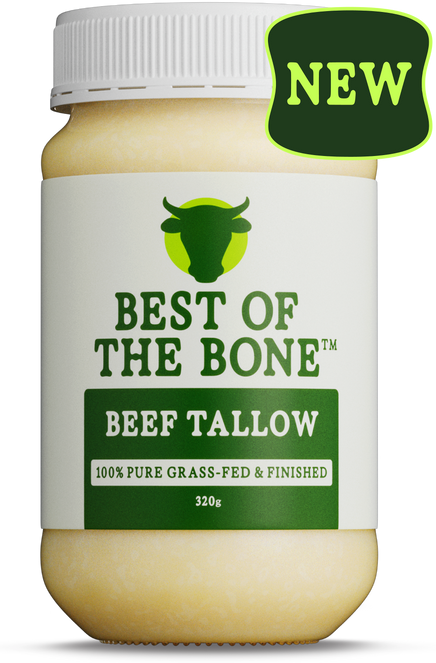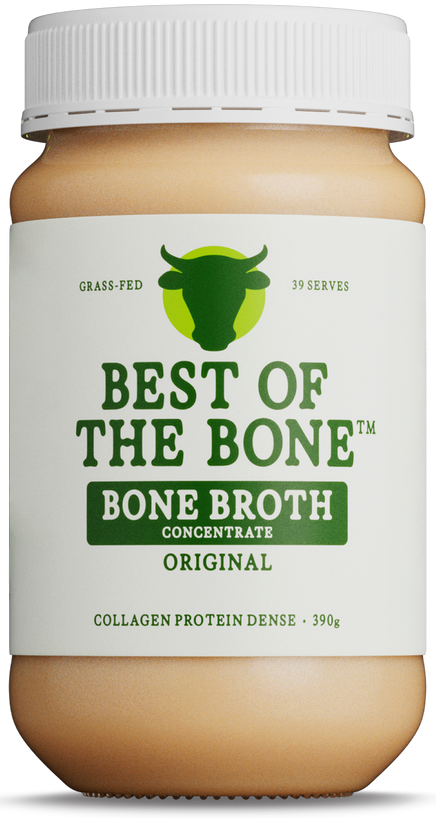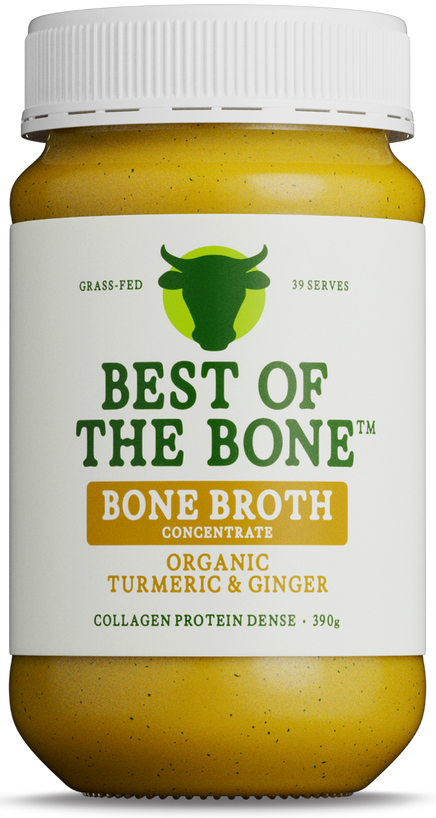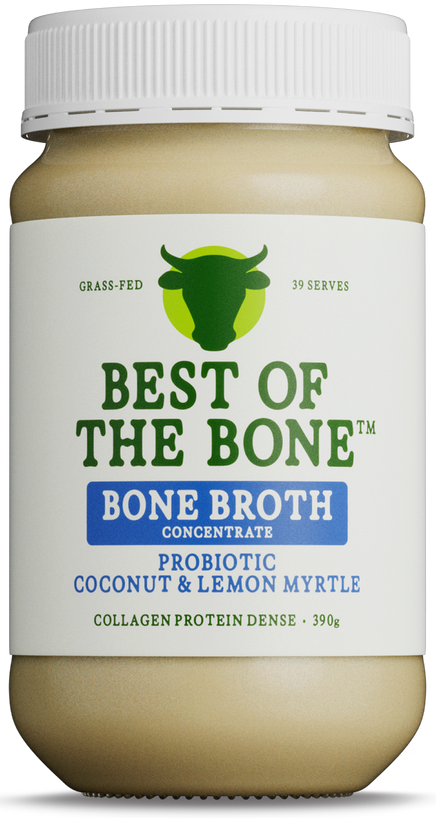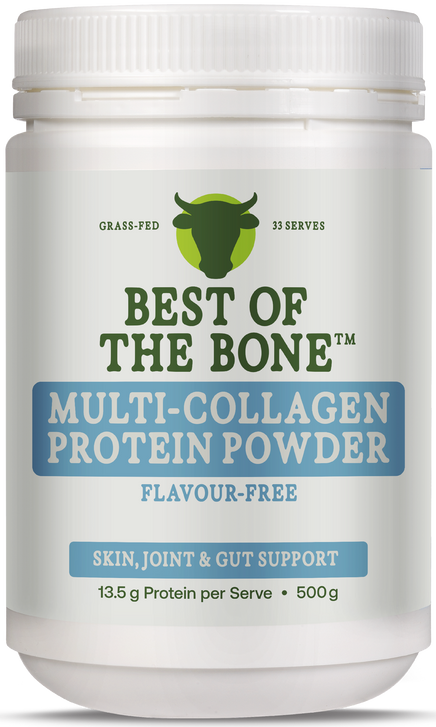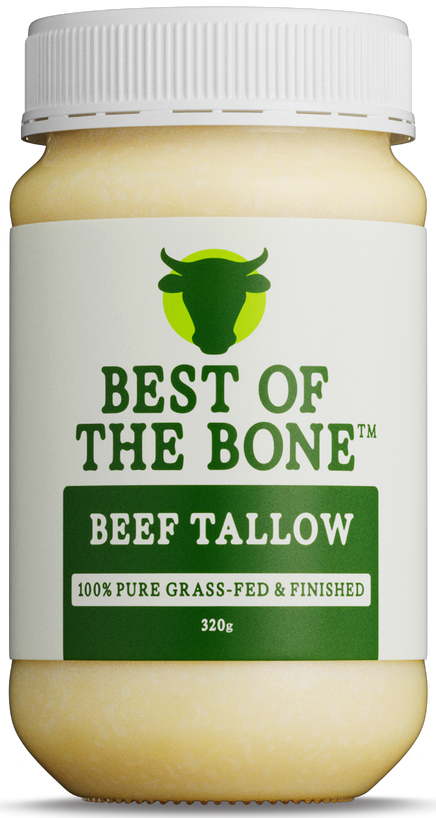Ancestral Nutrition: A Timeless Blueprint for Modern Health
In an age of ultra-processed foods and empty calories, more people are looking backwards to move forward, to rediscover the wisdom of ancestral nutrition.
Rooted in the dietary patterns of our pre-industrial ancestors, this approach embraces whole foods, nutrient density, and traditional preparation methods that once nourished generations with vibrant health.
Rather than a fad, ancestral nutrition is a return to what the human body evolved to thrive on.
So, what are the foundations of this timeless way of eating?
1. Whole, Unprocessed Foods
At the core of ancestral diets is simplicity, nutrient density and, foods that come from nature, not factories. Meats, seafood, eggs, vegetables, fruits, nuts, seeds, and herbs make up the bulk of the plate, with a focus on quality, seasonality, and minimal processing. Refined sugars, seed oils, and preservatives are out; real food is back in.
Quick Tip: Shop the perimeter of your supermarket, focus on fresh produce, meat, and eggs. If it has ingredients that require a science degree to decode or a long shelf life, think twice.
2. Nose-to-Tail Eating
Our ancestors didn’t waste a thing. They consumed the whole animal, organs, bones, skin, and fat, yielding a nutrient profile modern diets often miss. Liver, for example, is rich in vitamins A, D, and B12, while bones and connective tissues provide collagen, gelatin, and vital minerals.
Quick Tip: Add bone broth to your routine for a gentle entry into nose-to-tail nutrition.
3. Traditional Fats: Tallow & Beyond
Once a kitchen staple, beef tallow is regaining its rightful place as a healthy cooking fat. Stable at high heat and naturally rich in fat-soluble vitamins, tallow supports hormone balance, brain health, and cellular integrity. It’s a far cry from the industrial seed oils that now dominate our diets.
Quick Tip: Swap seed oils for tallow or ghee when cooking. They’re more stable, more ancestral, and better for your health.
4. Bone Broth: Ancient Wisdom in a Cup
Slowly simmered bones and joints delivers a bioavailable mix of collagen, glycine, glutamine, proline, and minerals. Bone broth is gentle on the gut, nourishing to the skin and joints, and may help calm inflammation and support immune health. Ancestral cultures prized broth not just as food, but as medicine.
Quick Tip: Sip a warm mug of bone broth between meals to soothe the gut, boost collagen, and support joint and skin health.
5. Collagen for Structure and Strength
Collagen is the most abundant protein in the body, vital for skin elasticity, joint resilience, and connective tissue health. Ancestral diets were naturally high in collagen thanks to regular consumption of tendons, cartilage, skin, and broth. Today, supplementing with quality collagen peptides helps fill that nutritional gap, especially as natural collagen production declines with age.
Quick Tip: Add a scoop of collagen peptides to your coffee, smoothie, or broth daily to support joints, skin, and connective tissue from within.
6. Fermented & Cultured Foods
Lacto-fermented vegetables, dairy, and even meats were once part of everyday life. These foods provided not only preservation but probiotics, enzymes, and enhanced nutrient absorption, elements critical to gut and immune function.
Quick Tip: Add a spoonful of sauerkraut or kefir with meals to improve digestion and nourish your microbiome naturally.
7. Seasonal, Local, and Sustainable
Eating with the seasons wasn’t a lifestyle choice; it was the only option. This encouraged biodiversity, metabolic flexibility, and an intuitive connection with the environment, values still relevant today.
Quick Tip: Eat with the seasons, shop farmers' markets, choose local produce, and let nature guide your plate year-round.
The Takeaway
Ancestral nutrition isn’t about recreating the past it’s about reclaiming what we’ve lost. It’s a powerful framework for addressing modern health concerns like inflammation, gut issues, metabolic dysfunction, and premature ageing.
Bone broth, tallow, and collagen aren’t just trendy superfoods, they’re ancient allies making a much-needed comeback. Eating this way isn’t just about fuelling the body. It’s about restoring balance, building resilience, and living more in tune with how we were designed to thrive.

